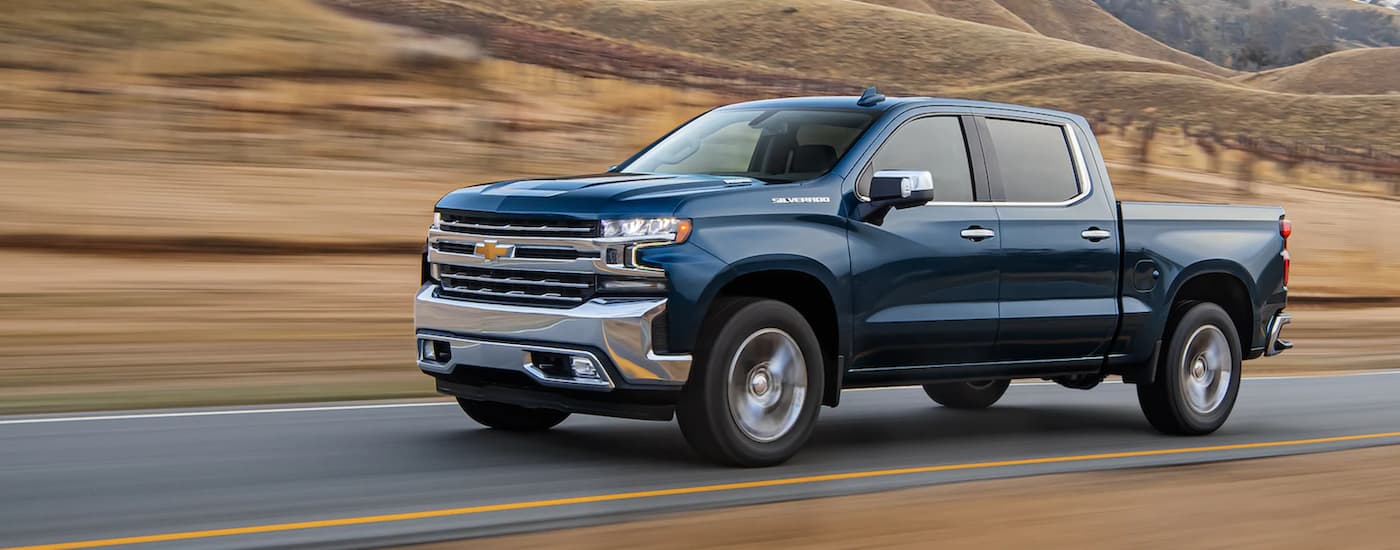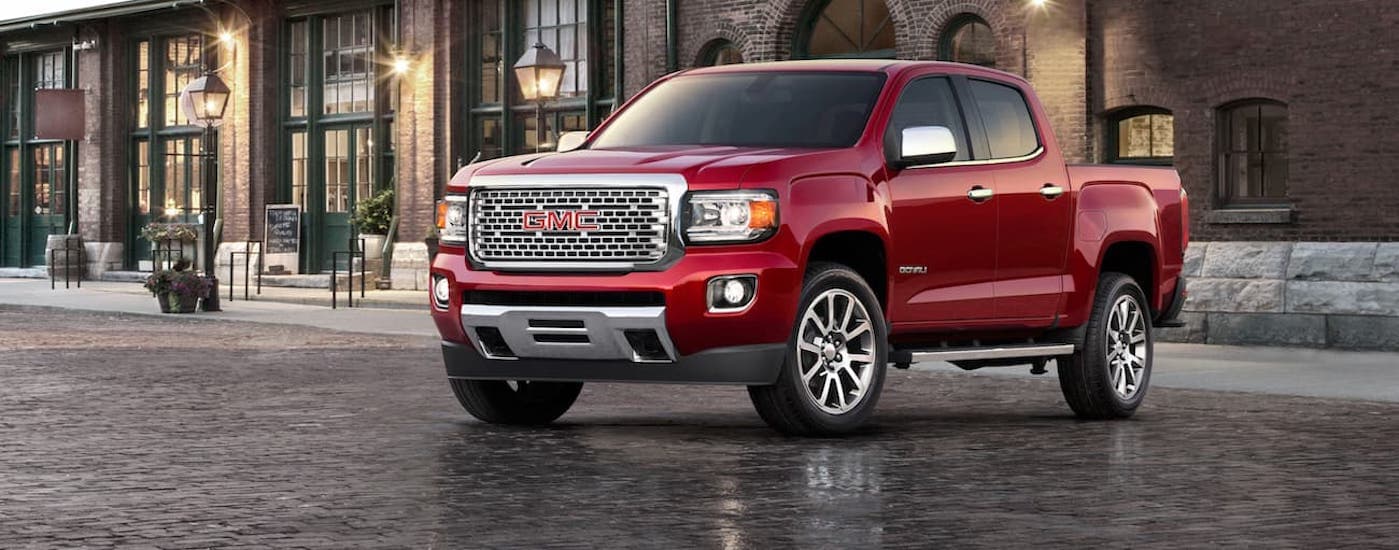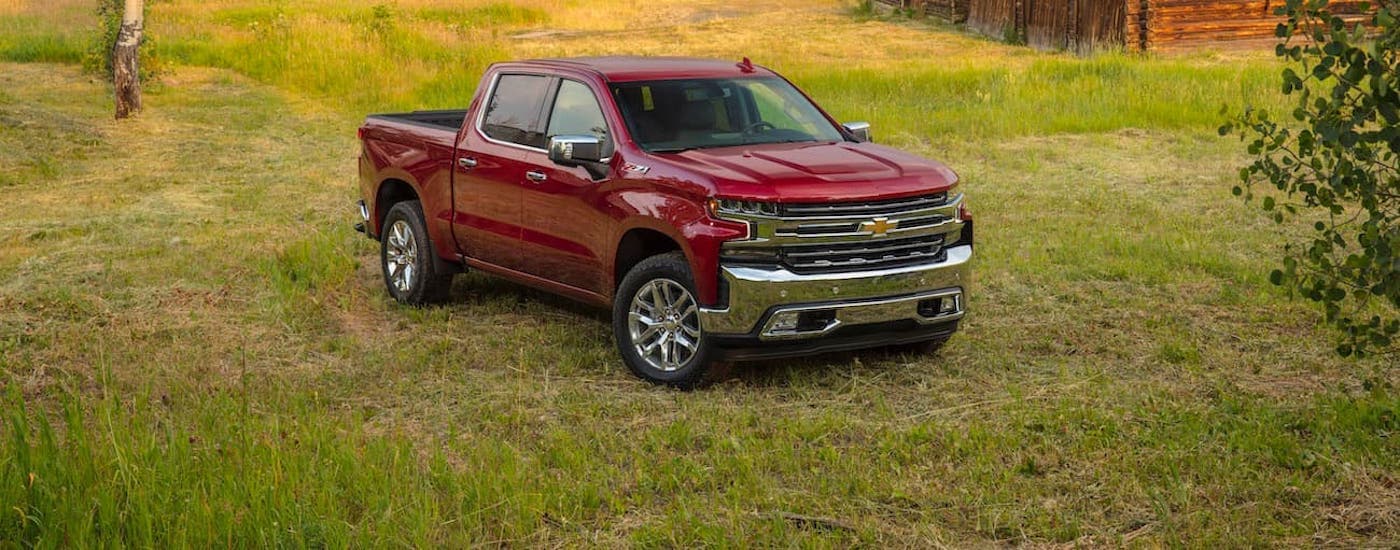Used Truck Buyers Guide
Maybe you’re a long-term truck owner, or you’re brand new to the game––either way, you’ve still got a lot to factor into your options before completing your purchase. Narrowing down your truck options is no simple task. There are many brands, sizes, and features that you have to consider before just up and making a purchase. This is where we come in to help. Jay Hatfield Chevrolet of Vinita makes it easier to choose which truck is best for you with our used truck buyer's guide. It outlines important information such as differing truck sizes, towing and payload, popular models, and more. Before you seal the deal on a used truck, be sure to check out our guide.
Our Guide to Truck Sizes
The most common everyday consumer truck sizes are midsize and full-size trucks. But technically speaking, there are four main categories of truck sizes––compact, midsize, full-size, and heavy-duty. Even heavy-duty trucks are broken up into different size classifications, and even more so when you get into fleet-level trucks. But for daily driver purposes, you don’t need to worry about anything larger than a 3500-level heavy-duty truck. Every truck included in these four categories is still capable of acting as a daily commuter. Some are just more powerful than others.
The Compact Truck
You won’t see many of these models in comparison to mid and full-size trucks, but they’re certainly out there. Most compact trucks are older models from the late 1990s and early 2000s, such as the Chevy S10, GMC Sonoma, the Nissan Hardbody, and more. These trucks are designed for fun, sport, and style. They’re not made for labor, although you can use the truck bed to haul smaller items that your average small SUV can carry. If you’re looking for an older, used compact truck model to fix up, we recommend the Chevy S10 above all.
There are two modern compact trucks out there that you can buy now––the Ford Maverick and the Hyundai Cruz. These compact trucks offer all the fun, modern features that you get with a new model, plus more towing and payload capacity than traditional compact trucks can offer. Since you’re looking for a used truck, though, you’ll have to stick with older models like the Chevy S10 until these newer models have time to hit dealer lots.
The Midsize Truck
This truck class is great for those who need enough power to haul small campers and fishing boats without crossing over into farming territory. Midsize trucks include models like the Chevy Colorado, the GMC Canyon, the Ford Ranger, and the Nissan Frontier. These trucks average anywhere from 3,000+ to 7,000+ pound tow capacities, depending on the engine, tow packages, and configurations. You’ll also find that there are many available midsize trucks with off-roading trims, which are desirable largely due to their lightweight design.
The Full-Size Truck
You’ve probably seen these trucks the most on the road. This category includes favorites like the Chevy Silverado 1500, the Ram 1500, and the Ford F-150. A full-size truck is your average, everyday model for most drivers. It can tow more than most people need, it gets reasonable fuel economy for its power, and it’s easy to maneuver without being too small. You can tow most campers, small livestock trailers, boats, cargo trailers, and much more with a full-size truck.
The Heavy-Duty Truck
This truck classification is the one that many drivers want but typically don’t actually need. Unless you’re a farmer or a heavy-duty laborer, an HD truck offers more power than you’ll ever need with less fuel efficiency. That said, farmers won’t want to settle for anything less than a heavy-duty truck. Popular models include the Chevy Silverado 2500 and 3500, the Ram 2500 and 3500, and the Ford F-250 and F-350 models. These trucks can tow over 36,000 pounds when properly equipped with a diesel engine.
Our Guide to Towing vs Payload
It’s important to know the differences between towing capacity and payload capacity before you make a truck purchase and start doing any towing or hauling. Your towing capacity is what your truck can tow behind it using a hitch. Whether you’re using a bumper hitch, a rear receiver hitch, a pintle hitch, or even a 5th-wheel or gooseneck hitch, this rating is important.
Payload capacity is what you can haul in your truck bed. Most hitches are not affected by your payload rating for this reason; however, since a 5th-wheel hitch is mounted within your truck bed, it will contribute to your payload weight. This means that if your 5th-wheel hitch weighs 140 pounds and your payload capacity is 1,500; you have 1,360 pounds of payload left to spare. Put simply; you need to factor your bed-mounted hitches into your payload capacity if you’re using your truck bed for additional item hauling.
Our Guide to the Most Popular Truck Options
Typically, the majority of buyers go with a full-size truck due to its versatility and price point. Two of the most common full-size trucks you’ll see are the Chevy Silverado 1500 and the Ford F-150. When we’re talking about the most recent generation models, the Silverado is the better pick as it has better features such as more cargo space. More importantly, it offers the powerful Duramax diesel engine option, while the F-150 offers no diesel engine options at all. This gives the Silverado 1500 a leg up when it comes to balancing power and fuel efficiency.
We also prefer Chevy when it comes to midsize truck capability. The Chevy Colorado comes with a diesel engine option as well, whereas the Ford Ranger does not. The Colorado’s diesel engine can tow more than the Ranger while maintaining better fuel economy. The Ranger does have a slight edge over the Colorado when it comes to payload capacity, but otherwise, the Colorado comes out ahead.
It’s harder to compare the heavy-duty truck models, as they all offer impressive capability. Chevy, Ford, and Ram all offer diesel engine options for their heavy-duty truck models, which is where their vast tow capacities come into play. The decision here really comes down to brand loyalty and which modern towing technologies stick out to you the most. Chevy does offer a unique 13-view camera system with multiple trailer views that farmers may find beneficial.





